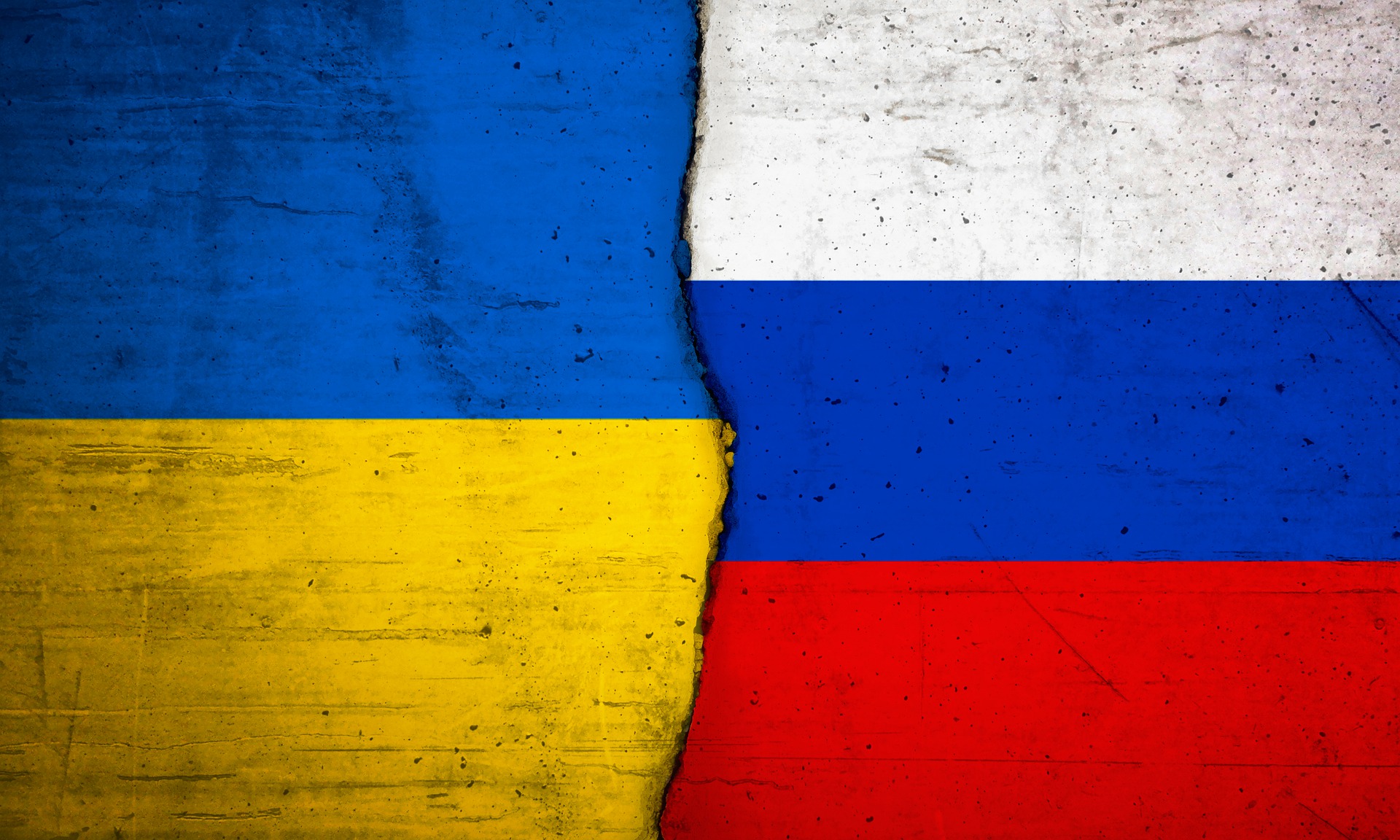News
500 days of war: Cost of conflict for Russia, Ukraine

(Pixabay photo)
ISTANBUL – Russia’s war against Ukraine, which hit 500 days, caused a huge economic effect on both and other countries due to fluctuating commodity prices.
During the 500 days, Russia increased military expenses and saw difficulties especially related to embargoes and trade bans from Western countries.
Russian Central Bank reserves, worth 300 billion euros (US$326.6 billion), was blocked since the beginning of the war by the EU, G7 countries and Australia.
In addition, 70 percent of the assets of the Russian banking system and around 20 billion euros of assets of more than 1,500 people and entities are under Western sanctions, according to a European Council’s recent report in May.
Although increasing energy prices were positive for Russia in the first half of 2022, sanctions targeting oil imports have resulted in limiting Russia’s revenues, said the Council.
Russia’s oil revenues fell by more than one quarter in January 2023 on a yearly basis, and the decline in February was more, over 40 percent, International Energy Agency’s data showed.
Data from international institutions, such as the World Bank, the Organization of Economic Co-operation and Development and the IMF, indicated that the Russian economy has narrowed 2.1 percent in 2022 and the contraction may continue in 2023.
For 2023, imports are forecasted to increase while exports to the world are expected to see a decline.
Exports totaled US$588.3 billion in 2022, while it is expected to drop to US$465.9 billion in 2023, US$484 billion in 2024 and US$496.2 billion in 2025.
Imports were at US$280.4 billion last year, and are forecasted to increase to US$313.8 billion in 2023, US$332.8 billion next year and US$347.4 billion in 2025.
After Russia started its “special military operation” against its neighbor on Feb. 24, 2022, many sectors and countries announced sanctions or suspensions, trying to exert pressure on the Russian economy.
Some companies stopped operations and deliveries in Russia, while others ended investments or withdrew partnerships in Russia, and Belarus.
Industrial production narrowed 0.6 percent in 2022, while retail trade turnover declined 6.7 percent on a yearly basis.
Military expenses
According to the Stockholm International Peace Research Institute (SIPRI) data in June, the national defense budget’s share in the total government budget was up 23 percent from 21 percent in 2022 and 20 percent in 2021.
The national defense budget’s share in GDP also increased to 4.4 percent in 2023 from 3.6 percent in 2021.
The national defense budget for 2023 was announced as 4.98 trillion rubles (US$54.7 billion).
Other costs
Besides military spending, Russia had to assume other major expenses such as rebuilding investments in “new territories,” according to the SIPRI report.
Russia occupied the Donetsk and Luhansk regions and parts of Kherson and Zaporizhzhia oblasts in September 2022.
It has announced a plan to spend 1.88 trillion rubles from 2024-2026 on state organs for the newly annexed regions.
From infrastructure to health and educational mechanism, Russia will have to spend billions of rubles for the regions in the coming years.
Ukraine
The Ukrainian economy shrank 29.1 percent in 2022, on a yearly basis, after an increase of 3.4 percent in 2021.
Poverty increased from 5.5 percent to 24.2 percent in 2022, pushing 7.1 million more people into poverty.
The country saw difficulties in its economy due to the war, which hit several sectors including tourism, production, agriculture, energy and transportation.
Damage to essential health, education and social protection services amounted to US$83 billion and reconstruction and recovery needs in those three sectors were estimated at almost US$69 billion, according to World Bank figures.
The bank previously estimated that the country needs more than US$400 billion for overall recovery and reconstruction.
The Center for Disaster Philanthropy said that this year, around 40 percent of the population, or 17.6 million people, require humanitarian assistance, 45 percent of whom are women and 23 percent children.
The UN estimates more than 4 million Ukrainian refugees may need protection and assistance in neighboring countries in the coming months.
From February 25 to the end of May, all recorded commitments to Ukraine amounted to 165 billion euros, including military, financial and humanitarian aid, Kiel Institute stressed previously.
Ukraine’s military spending was up 7.4 times to US$44 billion in 2022, which was 34 percent of the country’s GDP, according to SIPRI. (Anadolu)





















